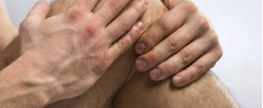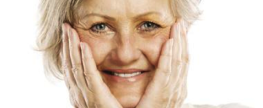
4 ways to ease leg and knee pain caused by overdoing it Whether you took a longer walk than usual, tried a new exercise or simply spent all day on your feet, achy legs can make your whole body hurt. If the achiness stems from exercise, blame it on micro-tears in the muscle cells themselves, says Irv Rubenstein, an exercise physiologist and founder of S.T.E.P.S., in Nashville, Tenn. The little tears spark an inflammatory process that’s necessary for healing. “It occurs and enables proper reconstruction of the damaged tissue,” Rubenstein says. Another cause of achy legs and knees is the normal aging process. We experience changes in connective tissue (cartilage), which can cause tightness, according to John Fenger, manager of outpatient rehabilitation at Orange Coast Memorial Medical Center in Fountain Valley, Calif. However, if your legs cramp up when you’re walking down the street for no obvious reason, it’s time to schedule a doctor’s appointment, Fenger says. “The pain may be due to an occlusion (blockage) or it may be neurological,” he notes. Try hair of the dog. Perform a lower intensity, lower volume (reps, sets) version of the activity that made you sore, suggests Rubenstein. If you usually walk vigorously, slow down your pace and cut down the distance. If your soreness is due to lifting weights, cut the weight or do the move without weight and go with fewer sets and repetitions. In addition, extend your warm-up, suggests Rubenstein, since muscles are not just sore but stiff. “This way, you can be sure you’re pushing blood (and its accompaniment, oxygen) into muscles to speed healing,” he says, while helping the lymphatic system remove the “damaged” tissue and toxins. Break up your workouts throughout the day. To strengthen...









